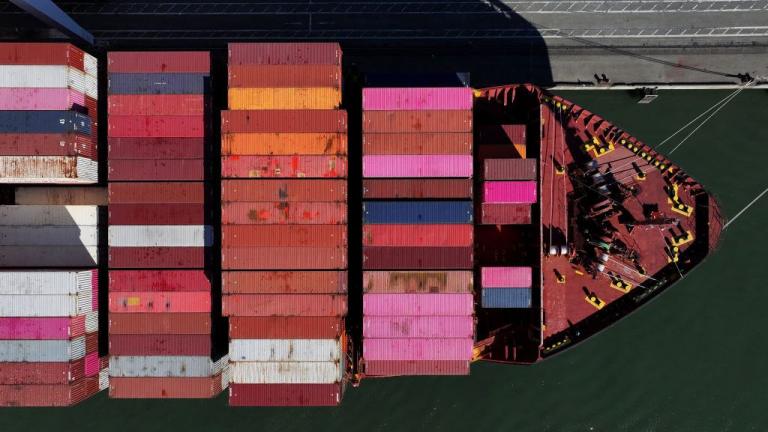It’s Tuesday, February 14, and the EPA is chipping away at the country’s backlog of hazardous waste sites.
The U.S. Environmental Protection Agency announced last week a $1 billion investment toward cleaning up 22 of the country’s neglected Superfund sites — contaminated areas like landfills, factories, and mines that have been left behind by big polluters.
The federal government has been designating these areas since the 1980s under the Comprehensive Environmental Response, Compensation, and Liability Act, which gave the EPA the authority to address industrial pollution using public funds. There are now hundreds of Superfund sites across the country — many of which have yet to be addressed due to insufficient funding.
The Biden administration’s latest announcement is part of an effort to clear that backlog using $3.5 billion appropriated by the bipartisan infrastructure law. The first chunk of funding from the law was announced in December 2021, when the EPA said it would put an initial $1 billion toward cleaning up 49 sites nationwide.
The latest funding is expected to kickstart cleanup projects at an additional 22 Superfund sites, as well as provide continued support for 100 projects that are ongoing. The newly funded remediation projects stretch across 14 states and Puerto Rico, and include addressing chemical sludge from a dye manufacturer’s dump site in Ashland, Massachusetts; mitigating mining-related mercury and arsenic pollution in the Carson River in Nevada; and removing radioactive materials across 16 industrial areas in LaSalle County, Illinois.
EPA Administrator Michael Regan said some of the funding would be used to set up programs for community involvement in the remediation process. Research shows that communities living near Superfund sites are disproportionately low-income people of color.
“[W]e’re continuing to build on this momentum to ensure that communities living near many of the most serious uncontrolled or abandoned releases of contamination finally get the investments and protections they deserve,” Regan said in a statement.
In the news
Global corporations’ climate pledges are ‘misleading,’ not credible
Joseph Winters, Grist
➤ Read more
Alarming levels of PFAS in Norwegian Arctic ice pose new risk to wildlife
Tom Perkins, The Guardian
➤ Read more
Senate poised to revive probe of Big Oil climate claims
Corbin Hiar, Lesley Clark, and Emma Dumain, E&E News
➤ Read more
Rail merger could bring more tar sands to Southeast Texas and train traffic to Houston neighborhoods
Katie Watkins and Amal Ahmed, Houston Public Media and Floodlight
➤ Read more
Are you giving flowers with a side of plastic?
Adrienne Mason, Hakai Magazine
➤ Read more


